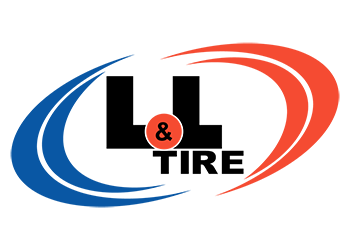1) Check tire pressure on at least a monthly basis
All tires, no matter how expensive, will lose air as time goes by. Do yourself a favor and pick up a digital tire gauge and test your tires’ air pressure levels at least one time per month. Always make sure to test the tires before you travel across long distances. Be sure to check the tire air pressure level after the car has been resting for a few hours. Cold tires ensure an accurate tire pressure reading as road friction heats tires and boosts pressure levels.
2) Take care of under inflated tires right away
Tires that lack air pressure will reduce fuel efficiency and generate extra heat that could compromise a tire’s integrity
3) Remember your spare tire
Flat tires happen even to the best of drivers. Always take a look at your tires before taking a car ride. Be sure to keep a spare tire in the vehicle and make sure that it is inflated to the indicated pressure. Vehicles equipped with a flat repair kit and / or a compressor should be checked on a regular basis to ensure workability.
4) Check your tire tread depth on a regular basis
Place a penny with Abraham Lincoln’s head pressed downward into the tire tread groove. If you are able to see his entire head, you need to replace your tires. Don’t fall into the trap of buying only one or two tires to replace those with the lowest amount of tread. Replace them all at once to ensure the best possible performance and an even level of wear and tear. Always have the tires rotated around the 6,000 mile mark to guarantee that the tires wear evenly.
5) Make sure that the tires wear evenly by examining the tires internal and external edges
If the tires are not wearing at an even rate, the car could be misaligned. Once it is aligned properly, the vehicle will handle better and the tires will last longer.
6) Examine the tires on a regular basis for damage
Whenever you check the tires’ pressure levels, take the time to look at the tire sides for tears, cracks and any other irregularities. These problems can be fixed rather easily and they typically don’t require the purchase of a new tire.
7) Make sure that the tires are well balanced
If you notice a vibration through the steering wheel, the tires might be poorly balanced. Head on over to L&L Tire to have the tires re-balanced. It’ll take hardly any time and it’ll cost less than you think.
8) Always use the right tires for each season
The majority of cars are sold with all season tires. Drivers who tackle the elements in the northeast should purchase a set of snow tires for the winter months. This ensures the safety of the vehicle as well as its occupants. There are also summer performance tires available for drivers in warmer climates that will enable the vehicle to better grip the road and remain under the driver’s control.
9) If you have a damaged tire or one that is heavily worn, replace it right away
Driving on a compromised tire is not worth the risk. While tires can be costly, they ensure your safety and could prevent an expensive accident. You paid for high tech safeguards like electronic traction and stability control and anti-lock brakes. Make sure that these technologies can work as intended by replacing old and damaged tires as soon as you notice a problem.
